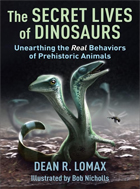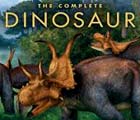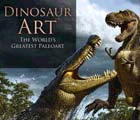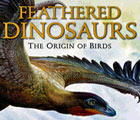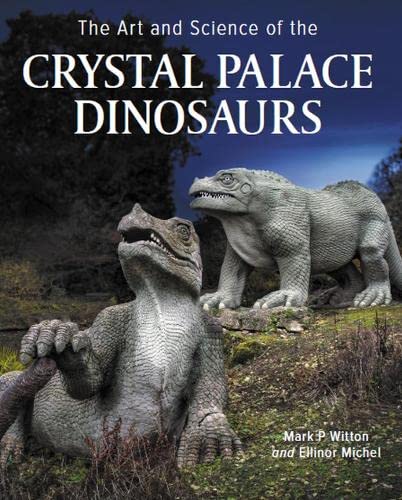Coprolite is fossilized poop. That's right. Poop. The term was coined by William Buckland in 1829 for lumps of Mary Anning-discovered fossil whatsit from the Lias of Lyme Regis that, until this point, were assumed to be pine cones. Being renowned as something of a weirdo, at least to outsiders, coprolites were right up Buckland's alley. In fact, he became infatuated and had a load of them sawed up and inlaid into a tabletop. Unsurprisingly, palaeontologists haven't exactly been queuing up to study them since. But Dr Karen Chin, curator of palaeontology at the University of Colorado Museum, is currently right at the business end of "dung stones", so to speak. We're sure she will understand if you don't want to shake her hand.
Apparently, coprolites have a high calcium phosphate content, which helps faeces to mineralize. That's why shit from carnivores is more common. It's all the bone munching, you see? Herbivore poop has to find phosphate from other sources (such as marine sediments), or it just won't fossilize.
You can tell a lot from dinosaur dung. Palaeontologists can even ascertain which kind of grasses sauropods ate. Tyrannosaurus rex, the Tyrant lizard king, may also be king of the coprolite, as a 7kg turd found in Saskatchewan by Wendy Sloboda in 1998, which contains shards of bone from another dinosaur, has been attributed to Late Cretaceous North America's apex predator. Shards of bone. Can you imagine?
Apparently, coprolites have a high calcium phosphate content, which helps faeces to mineralize. That's why shit from carnivores is more common. It's all the bone munching, you see? Herbivore poop has to find phosphate from other sources (such as marine sediments), or it just won't fossilize.
You can tell a lot from dinosaur dung. Palaeontologists can even ascertain which kind of grasses sauropods ate. Tyrannosaurus rex, the Tyrant lizard king, may also be king of the coprolite, as a 7kg turd found in Saskatchewan by Wendy Sloboda in 1998, which contains shards of bone from another dinosaur, has been attributed to Late Cretaceous North America's apex predator. Shards of bone. Can you imagine?
Etymology
The term Coprolite is derived from the Greek "kopros" (dung) and "lithos" (stone).
References
• Hantzschel W (1968) "Coprolites an Annotated Bibliography".
• Chin K, Tokaryk TT, Erickson GM and Calk LC (18th June 1998) "A king-sized theropod coprolite". Nature, 393: 680–682.
• Prasad V, Strömberg CAE, Alimohammadian H and Sahni A (2005) "Dinosaur Coprolites and the Early Evolution of Grasses and Grazers". Science, 310(5751): 1177-1180. DOI: 10.1126/science.1118806.
• Le Loeuff J, Laojumpon C, Suteethorn S and Suteethorn V (2012) "Magic fossils - on the use of Triassic coprolites as talismans and medicine in South East Asia". 10th annual meeting of the European association of vertebrate palaeontologists.
• Gunter NL, Weir TA, Slipinksi A, Bocak L and Cameron SL (2016) "If Dung Beetles (Scarabaeidae: Scarabaeinae) arose in association with dinosaurs, did they also suffer a mass co-extinction at the K-Pg Boundary?". PLoS ONE, 11(5): e0153570. DOI: 10.1371/journal.pone.0153570.





